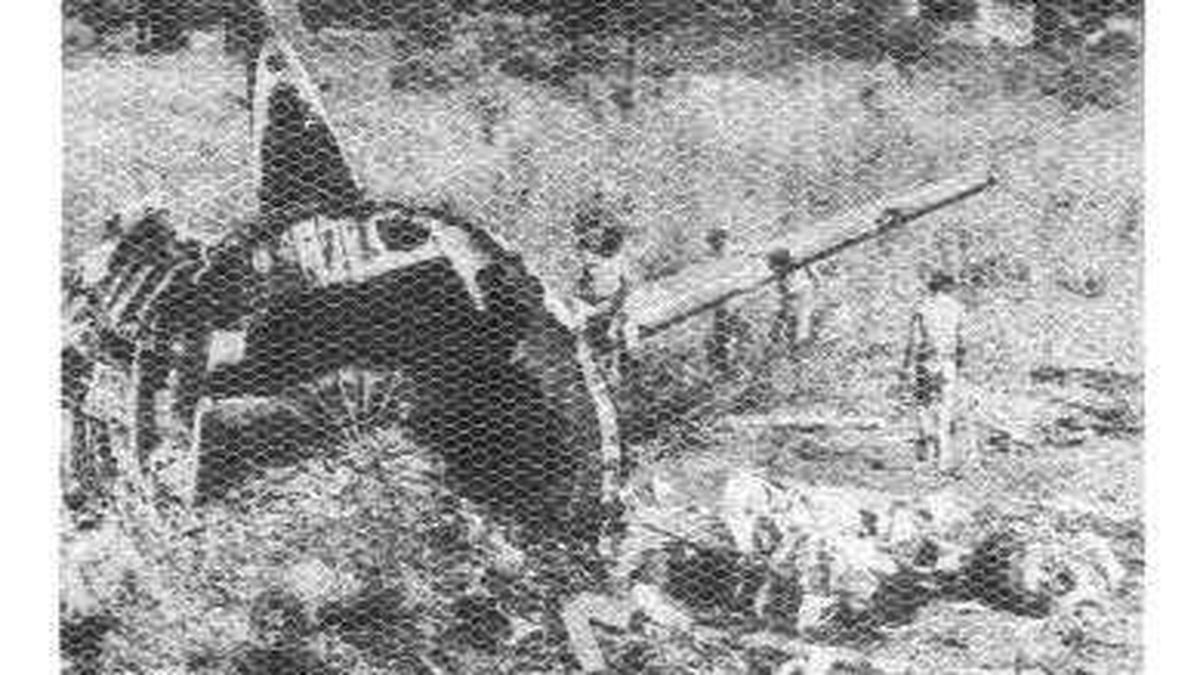Now Reading: Secrets of the Old Masters: How They Brought Animals to Life on Canvas
-
01
Secrets of the Old Masters: How They Brought Animals to Life on Canvas
Secrets of the Old Masters: How They Brought Animals to Life on Canvas

Quick Summary
- Teh National Gallery of Art and Smithsonian’s Natural History Museum in Washington, DC have collaborated for the first time to create a joint exhibition, “Little Beasts: Art, Wonder, and the Natural World.”
- The exhibit features 16th-17th century European artworks alongside real-life specimens from the Smithsonian’s vast animal artifact collection.
- Highlights include Jacob Hoefnagel’s painting of an elephant beetle paired with its real-life specimen and Jan van Kessel’s 1660 masterpiece “Noah’s family Assembling the Animals,” accompanied by curatorial insights into details like accurate bird representations.
- Four leather-bound books by Hoefnagel titled Air, Water, Fire, and Earth showcase 270 detailed images of creatures that revolutionized visual natural history documentation.
- Unique techniques highlighted include painting with materials such as butterfly dust to enhance accuracy and detail in reproductions.
Indian Opinion Analysis
This collaboration represents an exemplary synthesis of art and science that enriches public understanding of both disciplines. By pairing centuries-old artistic works with contemporary scientific specimens, it illustrates how early naturalists served as pioneers in documenting biodiversity-a process foundational for today’s environmental research methodologies.
The exhibition also emphasizes innovation through necessity; artists adapted groundbreaking techniques to capture microscopic details long before modern technology permitted close inspection. India’s own ancient intersection between science and art-from Mughal miniature paintings depicting flora/fauna to early botanical studies-resonates deeply with this effort.
exploring these works underscores the longevity of efforts toward understanding nature globally. For India-a country balancing conservation initiatives while fostering growing interest in heritage-it provides a reminder that engaging diverse methods strengthens both ecological preservation projects and cultural appreciation.



























